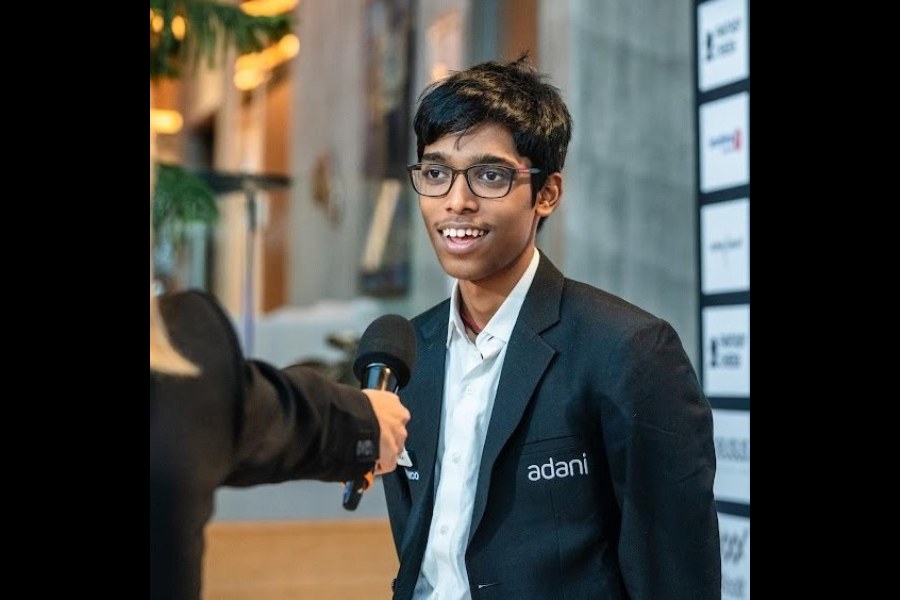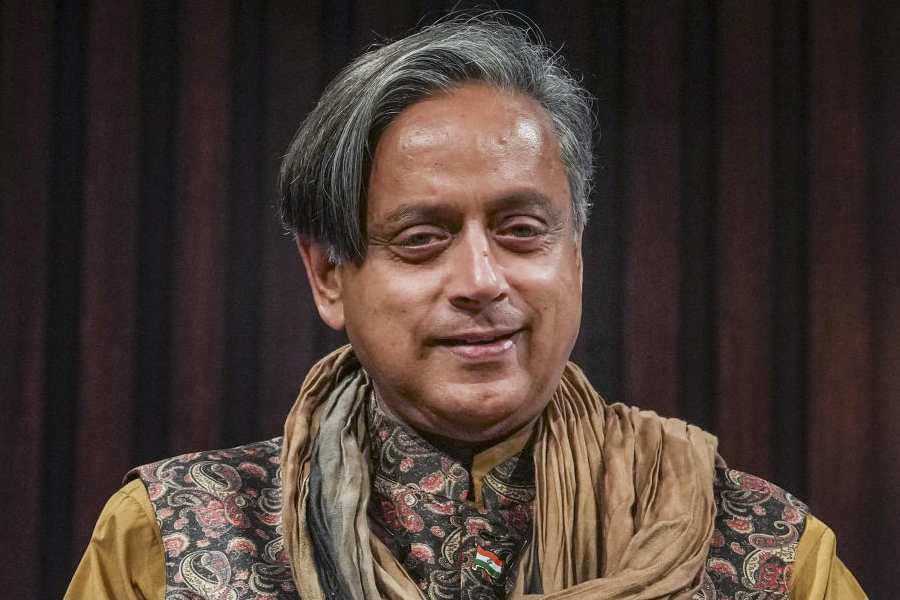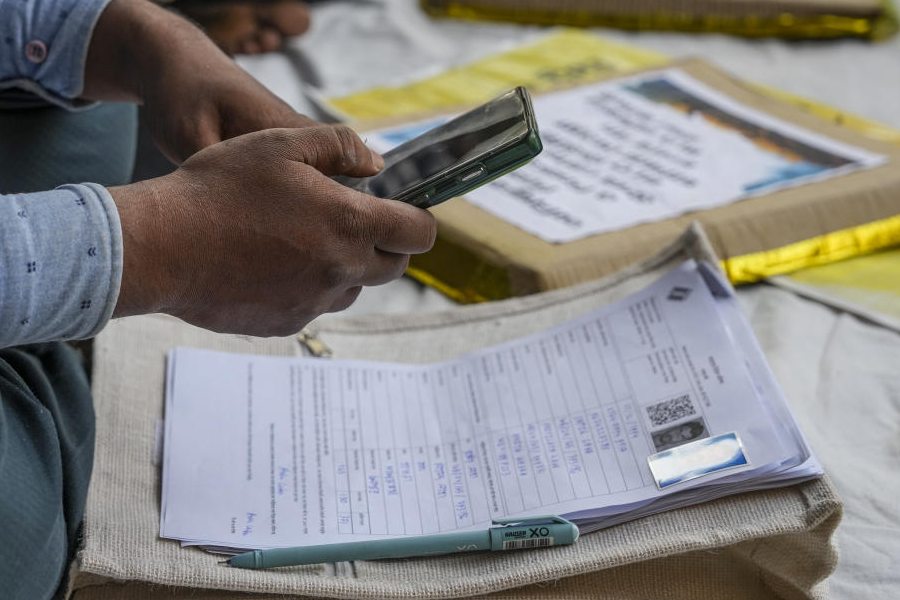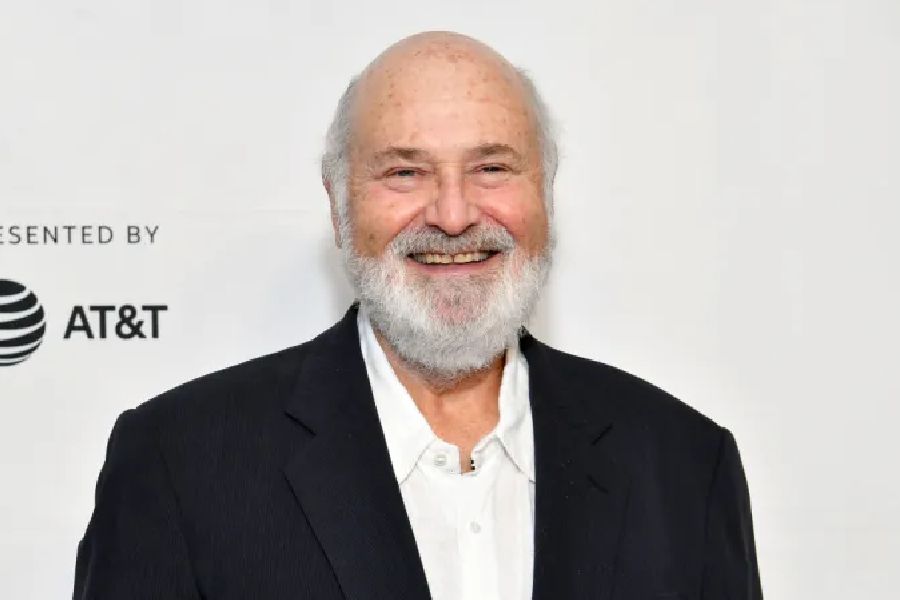On December 12, 2024, India’s Dommaraju Gukesh becomes the youngest-ever world chess champion, beating China’s Ding Liren in Singapore.
On February 2, 2025, Rameshbabu Praggnanandhaa outwits his compatriot and city-mate, the 18-year-old Gukesh, on a dramatic final day to clinch the prestigious Tata Steel Masters title at Wijk Aan Zee in the Netherlands for the first time.
You conquer the world, I conquer you, was the message.
A rivalry between the two grandmasters from Chennai is slowly taking shape. Add to that the presence of Arjun Erigaisi, who had a fantastic 2024 that saw him break into the coveted 2800 Elo rating club. He is the first Indian since Viswanathan Anand to achieve that feat.
“It’s an amazing time for Indian chess. This healthy rivalry between the three is to be cherished. This is very good for the country as well as world chess. They are competing with each other, pushing each other to scale greater heights,” Rameshbabu, Praggu’s father, told The Telegraph from Chennai on Monday.
“Sit back and enjoy the joyride till it lasts,” was how Vishnu Prasanna, Gukesh’s first coach, put it.
Modern chess has seen dominant players like American Bobby Fischer, the Russian duo of Anatoly Karpov and Garry Kasparov and then the Norwegian maestro, Magnus Carlsen. Anand, the five-time world champion, singlehandedly put India on the world chess map but could never dominate the game like these four.
“Karpov and Kasparov were a duopoly. Those days, it was like if Karpov did not win, Kasparov would and vice-versa. And after Karpov left the scene, it was all about Kasparov. Now, if you ask me about Gukesh and Praggu, they are world-class players and there is a lot more in store for them. Then there is Arjun (Erigaisi). How can you discount Nihal Sarin and Aravindh Chidambaram? So it’s not just about those two. We have so many brilliant players now that anybody can beat anybody. It’s like who is better on that particular day,” city-based Grandmaster Surya Sekhar Ganguly said.
Like Praggu was on Sunday.
In the tie-breaker, the 19-year-old battled exhaustion to script a come-from-behind 2-1 win. He became the first Indian since Anand to win this tournament. Anand was the champion in 2004 and also shared the title with Bulgaria’s Veselin Topalov two years later.
Being competitive is the essence of a true champion. Even at this age and after achieving everything, Lionel Messi still got angry when his Inter Miami lost to
Atlanta United in the MLS Cup playoffs.
Chess is no different. For example, during the last decade, in The Telegraph School Chess Championship, Diptayan Ghosh and Sayantan Das had a great rivalry. They were very young, learning the nuances of the game from the same coach, yet when facing each other over the board, they were not ready to yield an inch. “They used to have a go at each other,” Diptayan’s father Sandip fondly remembered.
A chess player who did not wish to come on record said: “Gukesh must be very upset with himself after allowing Praggu to walk away with the trophy.”
Vishnu said these are still early days to pinpoint who between Gukesh and Praggu would be a dominant force like Fischer, Kasparov or Carlsen. “For that to happen, one of them will have to boss over others for a sustained period. Nodirbek (Abdusattorov of Uzbekistan) is equally good. Arjun is also there.
“All of them are young. Nodirbek is just 20, Arjun is 21. So let’s see. Yes, Gukesh’s profile after becoming the world champion has got a major lift. And the others will have to wait for two years to upstage him,” Vishnu was to the point.
“And yes, do not forget that Carlsen is not around. Chess is different with Carlsen’s presence. Even though I feel he would not be motivated enough to raise the bar set by himself if he decides to come back,” he added.
“There are many equals in chess now. Gukesh, Praggu, Arjun (was a poor 10th at Wijk Aan Zee) and Nodirbek (finished third). It’s like cricket’s Fab Four of Virat Kohli, Steve Smith, Kane Williamon and Joe Root.
“I do not think it’s all about Gukesh and Praggu. They have age on their side and they like to play against tougher opponents. But others are also there,” Srinath Narayanan, captain of India’s victorious men’s team at the Chess Olympiad last September, said.
“Arjun, if you ask me, will have to play tournaments where the field is strong. Last year he had a fantastic time, but the tournaments he played were not that high-profile. Herein, Gukesh and Praggu have an edge. This year Arjun will be at the Norway Chess (the top-six, including Carlsen and Gukesh, will be seen in action in May-June) and it will be a major test for him,” he added.
Narayanan felt longevity would be the key. “Whoever stays till the last move, will be the main man. They have to be at their best for at least 10 years.”
With so much external pressure in this age of social media where every move is scrutinised, there is always a gnawing fear that the rivalry among the top Indian players could become sour.
“Why should it be?” Surya Sekhar brushed it away.
“That depends on how the support system will work. Each of the players (Gukesh, Praggu and Arjun) have their own backroom staff, fan base, and sponsors. Plus, all of them are very level-headed. I do not see anything like this in future,” was how Vishnu explained it.
“Chess is a different game. I think it will always be healthy,” Narayanan was on the same page with his fellow grandmasters. One thing is for sure. Indian chess is here to stay. As Rameshbabu said: “Boom time.”










